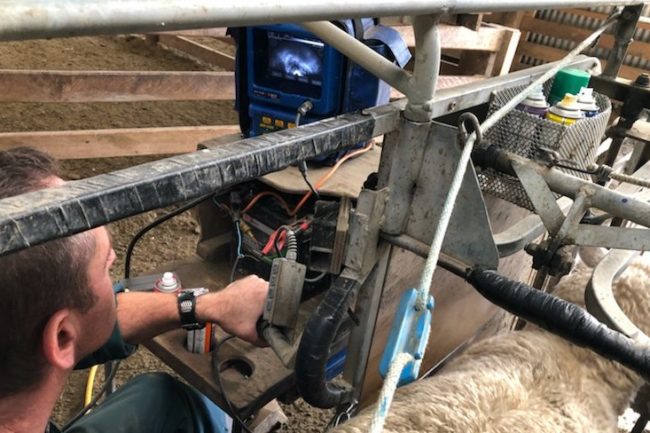Lice in Sheep
A common winter issue, lice are prevalent at this time of year due to their preference for cooler, darker and drier weather conditions. Infestations develop as a slow burn on healthy animals, with numbers gradually increasing on individuals. The entire lifecycle of lice is spent on sheep, so transmission between individual animals can only occur…
Details






